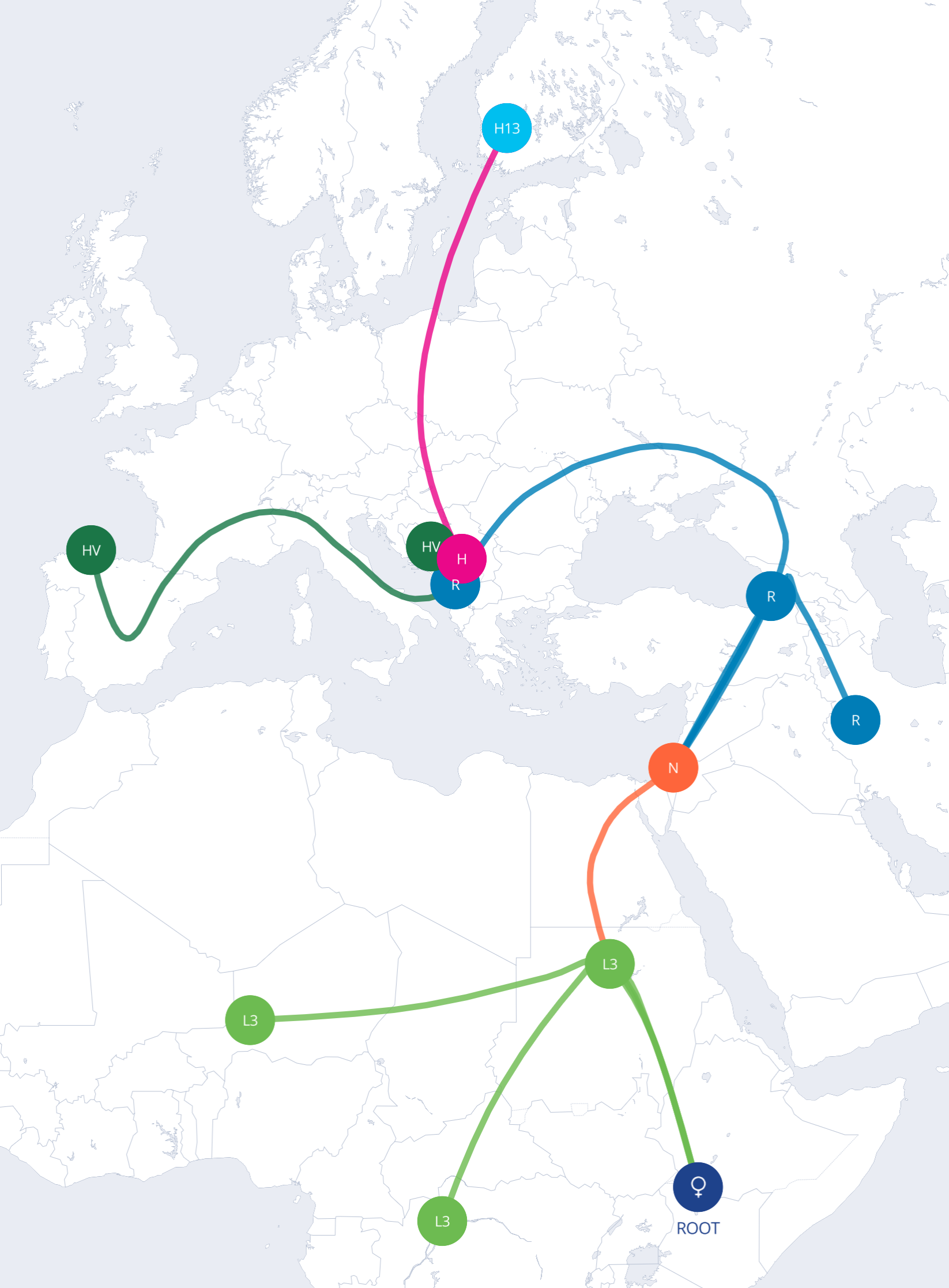

In This Article
Hearing that colon cancer “runs in the family” can trigger worry, but knowledge truly equals power here.
By pairing clear genetic facts with doable everyday steps, you and your loved ones can tip the odds strongly in your favor.
Know Your DNA Reviews

Don't miss out on the opportunity to learn more about yourself. Read our best DNA test page to find the best one for you.
Colon cancer begins as tiny growths (polyps) on the inside wall of your large intestine.
Think of a polyp as a small, slow-growing weed: leave it undisturbed for years, and it may turn into something harmful.
Routine screening plucks out that “weed” early, which is why colonoscopy is life-saving.
Most cases happen by chance, yet about one in three patients has a family link, and roughly one in twenty carries a single powerful gene change.
These inherited syndromes behave like a faulty alarm system: danger signals are missed, letting polyps form faster.
Five genes—MLH1, MSH2, MSH6, PMS2, and EPCAM—normally act like spell-check software that corrects DNA typos. If one copy is broken, errors build up quickly, raising colon-cancer odds to as high as 80% and also hiking risk for uterine, stomach, and other cancers.
Because damage accumulates sooner, doctors suggest a first colonoscopy around age 25 and then every one to two years.
A faulty APC gene lets hundreds—or thousands—of polyps erupt, often during the teen years.
Picture your colon as a roadway dotted with potholes; eventually a car (cancer) will crash unless the road is repaved.
Surgery that removes most or all of the colon—ideally in late adolescence—nearly eliminates that crash.
With MAP, both parental copies of the MUTYH gene are altered, leading to dozens of polyps and a high risk of cancer later in adulthood.
Unlike FAP, surgery may wait while close colonoscopy checks keep growths in check.
A hand-drawn family tree is still the best detective tool.
Write down who had which cancer and at what age, then share it with your doctor.
When the picture looks suspicious, clinicians use online calculators such as PREMM5 or MMRpro.
These tools act like mortgage calculators for cancer—they plug in ages, cancer types, and give a risk number.
If that number tops roughly 2%, insurance will usually pay for DNA testing.
Testing is straightforward: spit in a tube or have a small blood draw.
The lab scans dozens of cancer-related genes and reports back in three buckets.
Testing also benefits relatives.
Once a family’s mutation is pinned down, siblings and children can take a yes-or-no test; those without it can relax into average-risk screening.
Genes may load the gun, but daily choices often pull—or don’t pull—the trigger.
Even for high-risk families, healthy living can delay or prevent tumors.
A high-definition scope not only spots polyps but snips them away in the same visit—turning a future cancer into a jar sample for the lab.
People with Lynch often start in their mid-twenties; those with average risk begin at 45 and repeat every ten years if nothing is found.
Learning you carry a cancer-risk gene can spark fear, but many describe the discovery as a turning point rather than a sentence.
It offers a road map: clear check-ups, practical lifestyle tweaks, and honest talks with children or siblings who can now protect themselves.
Armed with genetics and proactive care, you can trade uncertainty for a concrete plan and keep your family’s future bright.
Know Your DNA Reviews

Looking for a DNA test that's accurate and can tell you about your health and heritage?

